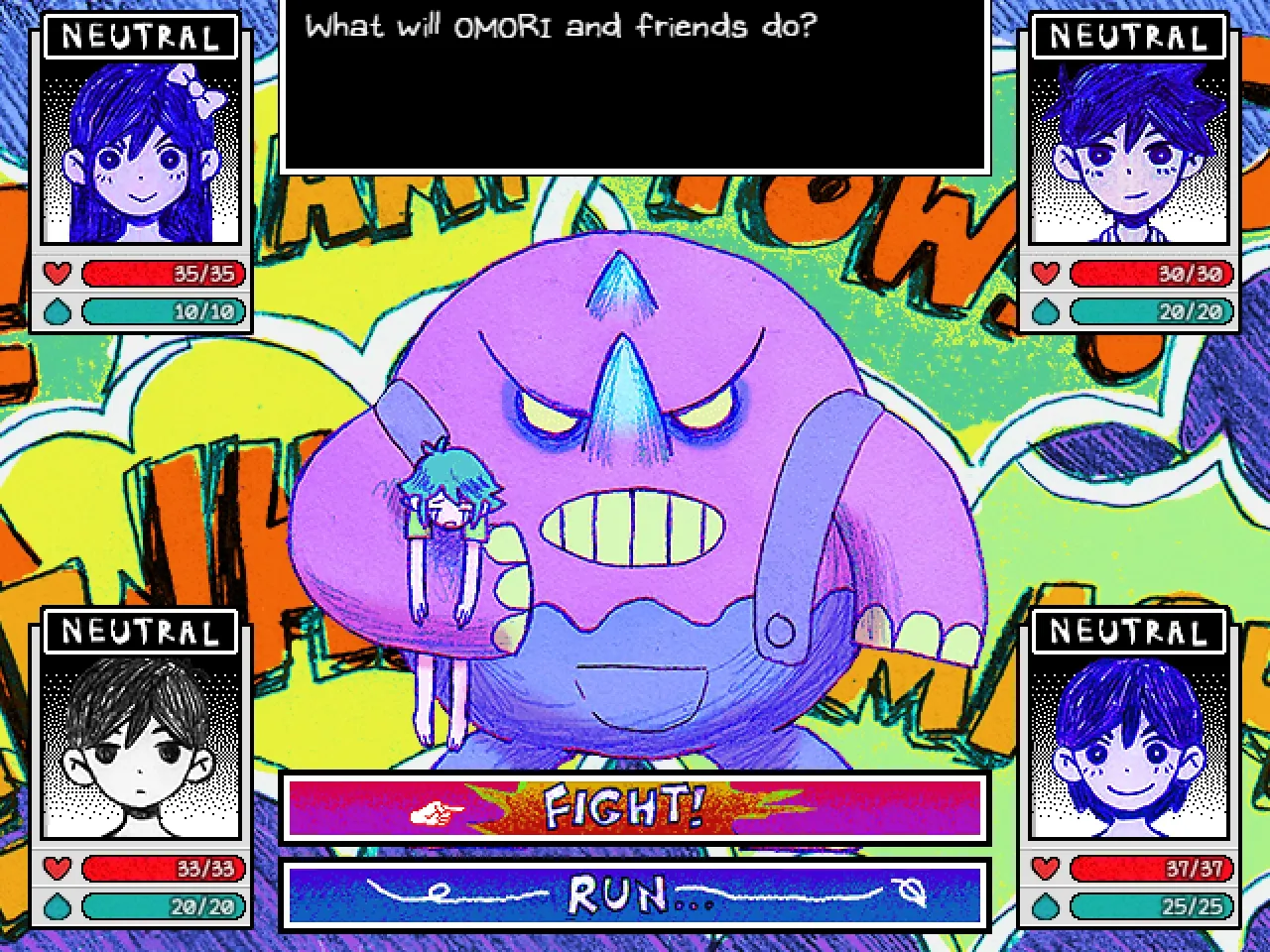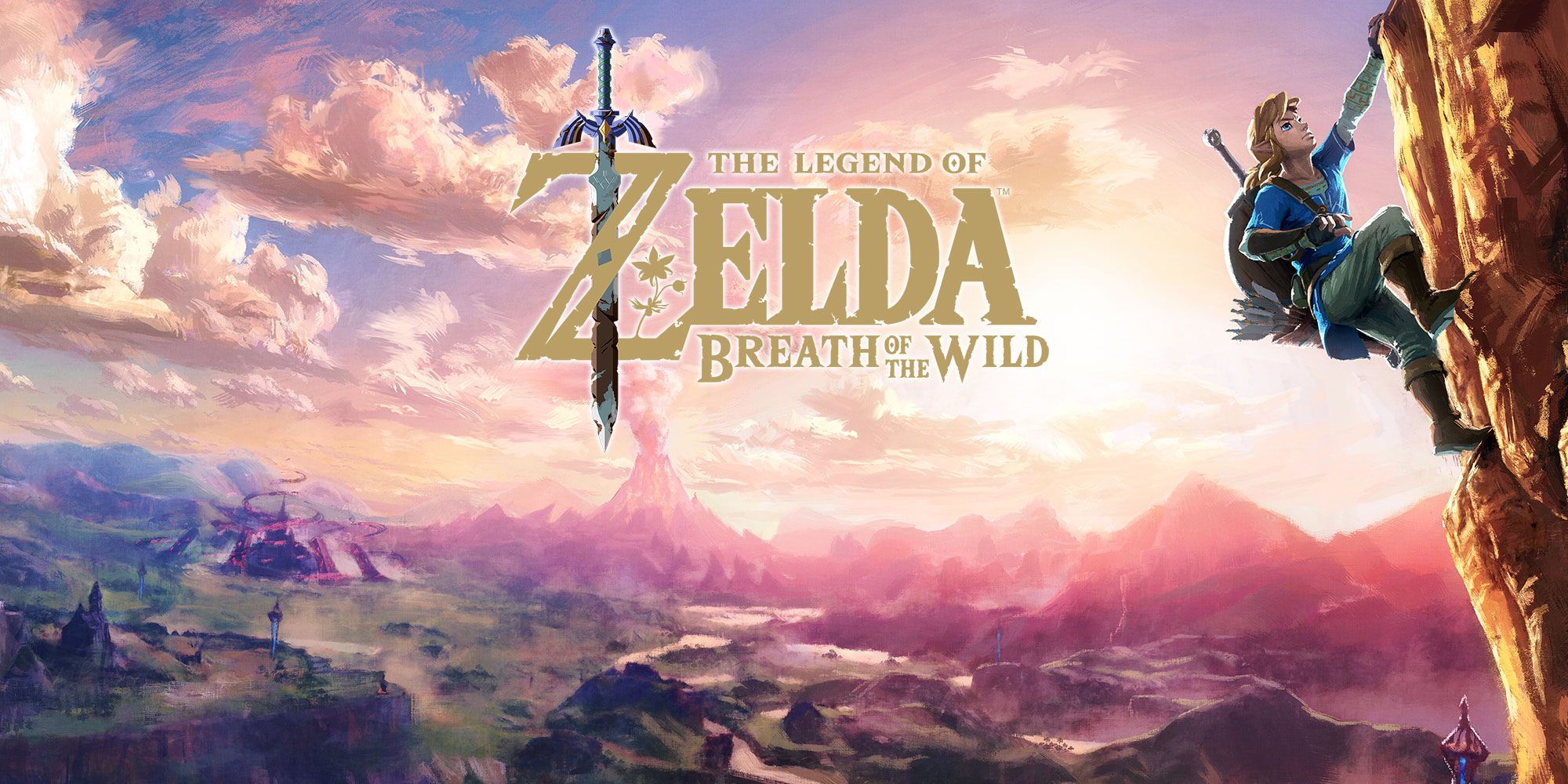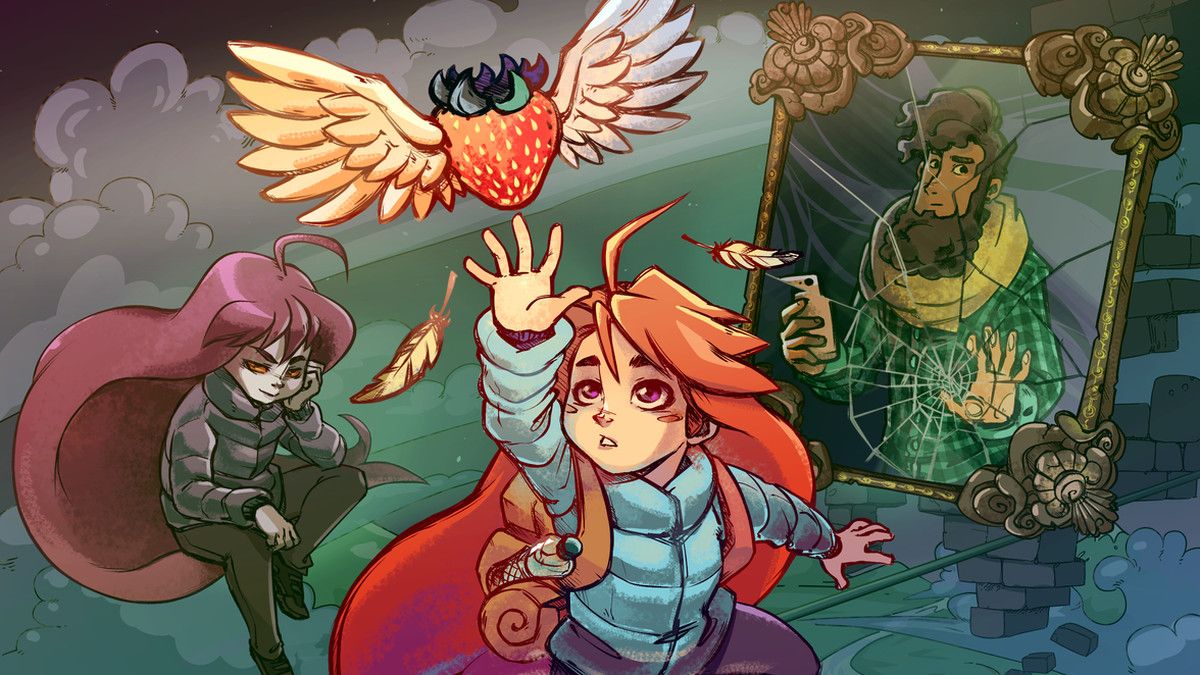Ranking The Best: What Makes Video Game Music Memorable?
It may be the brave trod to the final boss, clad from head to toe in overpowered armor. It may be the wait for a match as the timer eternally ticks in ascension.
Although the phrase is jested and prodded every time it’s mentioned, sometimes the journey adds weight to the destination. It may be the brave trod to the final boss, clad from head to toe in overpowered armor. It may be the wait for a match as the timer eternally ticks in ascension. It may even be standing still, a character awaiting the return of human fingers on curvature. Whatever it may be, moments within video games are never complete without a supporting soundtrack — to develop a character, to create an environment, or ultimately to pay homage to the inspirations that allowed the game to exist in the first place. Though the ins and outs of video game music have been analyzed endless times on a theoretical scale, to the standard fan — what exactly is it that makes music in games memorable?
With some exceptions, a game isn’t complete without the animation of characters in its world. Sometimes, characters take on the face of the franchise they come from; Mario, Sonic, Zelda Link. However, these faces don’t draw on visual recognition (or evolution, in the case of polygonal to anime protagonist wannabe Cloud Strife) but also an auditory one. The tracks that play while a character appears on-screen allow the player to get an immediate grasp of who they are and why they are here. Even if their appearance is that of a cute and squishy pink blob, one melody can turn a friend into a foe, as exemplified by Marx from Kirby Super Star Ultra.
My Heartache Will Stop in Joy

One of the most well-known tracks in video game history, MEGALOVANIA, hails from the larger-than-life Toby Fox in his only finished game Undertale. And while our skeletal pal may also be known for his quips and gags, nothing stands out more than the ten notes post-monologue that broke the internet and our fingers. And it’s not just Sans whose nature and behavior are transcribed through messages, but the entire cast of colorful characters. Spear of Justice gives off a gallant sense of heroism through sudden bursts of brass and percussion that fit the style of the Underground’s greatest warrior Undyne. Death By Glamour radiates flair and flamboyance through upbeat EDM and a killer bassline that hooks the listener as robo-rockstar Mettaton does. Even in situations where these characters haven’t shown up on the screen, hearing this music play already gives us an idea of what is to come — even outside the context of the game. That repeated sense of expectancy makes the characters memorable and the audio entrance they get.
A Boss Battle is Raging
Music based around characters can also add to their identity parallel to dialogue. These themes last in our memory because they serve the role of a ‘payoff’ created by the writing’s ‘setup’. A prime example of this is the way boss music is made in Omori — it seems like turn-based
Mr. Jawsum demands payment of the debt by working you to the bone. The former, an exuberant and lovestruck fool with too much power to control on his own, unleashes it through a sensational piece that fills the player with a sense of youthful wonder — a fitting description of this young man. The latter, a loan shark in body and soul with every moment in life fixated on profit, seeks out the swinging sixties style to satiate his spiteful spirit — splendidly suitable! While the songs by themselves carry their weight, the careful steps that the developers take to produce a well-structured frame of reference make all the difference in understanding the hidden character nuances.

Eternal Bewildered World
Where music that suits characters stands out and is at the forefront of our minds, the purpose of music that serves an environment is not always to be memorable but, more importantly, to be fitting. It is a type of music one overlooks when it’s there, yet it becomes prominent once taken away. The 2017 winner of GOTY (Game Of The Year), The Legend of Zelda: Breath of the Wild presents this notion of environmental music to its best, as even though the composition of these tracks is scattered and lost bits of piano, the overall manner that these pieces adopt is one where they meticulously blend into and subsequently imitate the world. ‘Cave’, ‘Mountain’, and ‘Wild’ are but three of the many environmental tracks in BotW, and they all share the similar trope of creating a soundscape out of a landscape. Rather than being categorized as “music” per se, the often light and airy feeling these tracks make brings more significant meaning to the “breath” of the wild — as if the ruined world of Hyrule was whispering to you.

Post Awareness Confrontations
Collaborating with the background music to create a sense of the environment can also be seen in games like Celeste. Unlike the harmonic dissipation from BotW, this soundtrack establishes the relationship between the main character — Madeline — and the environment she overcomes — the mountain. Each level has unique mechanics that add to the puzzle of how to solve each room, with each successful completion ramping up the difficulty yet still with the same mechanics. The way these levels are designed warrants an entire article itself, but the main takeaway is that, similarly to how music can help characterize a character, the same can be said for a location. The first sinister hint that both Madeline and the player get in Chapter 2: ‘Old Site’ begins with the dynamic musical shift from light and forgotten to electronic and present, setting up the story for what’s to come; the way the music from Chapter 6: ‘Reflection’ calls back to (or rather, reflects) this type of transitional juxtaposition excites the chapter’s boss as well. All these bits and pieces of musical experience build up to a grand climax at the game’s peak — Chapter 7: ‘Summit’. As Madeline scales the last leg of the trip, the motifs that we have been to all come back to play both visually and through audio - to reach the summit, Madeline must go through six separate sections in the level styles we had encountered, fuelling nostalgia and harkening back to the person that she, and you, used to be.

Sudden Time Deceleration into Hallucination
While certain games develop their music into characters and others into the environment, a higher plane of understanding lies in creating music that suits the inspirations from which the game came. Through the act of paying respects to the
Origin, genre, or style of the game, not only are the characters and environment given purpose but every other aspect of the game as well, painting a more vibrant picture of what drives the game. Katana Zero has a peculiar soundtrack, the work of two independent artists with little to no prior connection, simply creating music that would sound perfect under the pretense of a club or rave party. And yet, given more context to how the game draws on inspirations like Hotline Miami in its rapid, high-energy movement and combat, a light is shone onto the genre of cyberpunk and neo-noir. With this newfound context, the music can relate to a predetermined genre and solidify the game’s identity.

Psyches of the World Freed Again
In other cases, rather than the music is based on the game’s genre, the game takes reference from the musical genre; the Persona sub-branch of the Shin Megami Tensei franchise currently consists of five games with distinct styles of music. Persona 5’s story revolves around heist-style missions, while Persona 3’s is more edgy and gothic. The soundtrack for the former has heavy jazz influence in songs such as Whims of Fate, Layer Cake, and Beneath the Mask, which help transform the setting of P5, from Tokyo to the palaces, into whimsical worlds brimming with explorative value. The soundtrack for the latter draws on influences from hip-hop music, as seen in Mass Destruction and Deep Breath, which causes P3 to gain an angsty, dark, and gloomier feel than the other entries. In these examples, the Persona series better understand themselves while utilizing the music genre to shape their identity.
At the end of the day, while music has proven time and time again that it carries the ability and the potential to suit characters, environments, and inspirations, the critical blunder lies in the assumption that it is the music alone that draws out the magic. Video games are no exception to the notion that too many cooks spoil the broth, yet this broth cannot taste its best if only one ingredient is used. Music serves as a bridge that helps link together gameplay, storytelling, and artistic direction to help form the memory of this otherworldly experience. To the developers, the creative process can last years. Yet to the player, exposure to this artistic multimedia increases its value a hundredfold — much more than just a couple of years can do.

